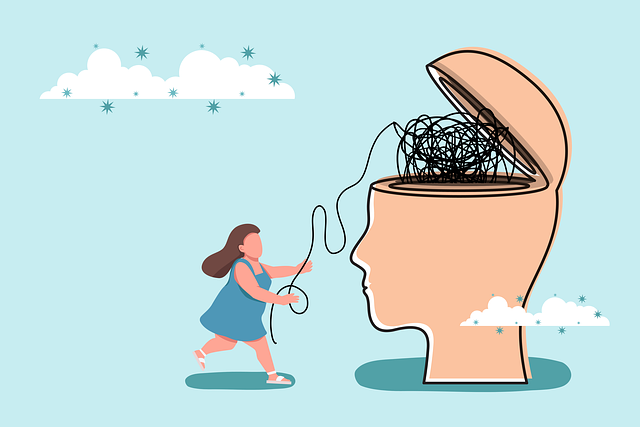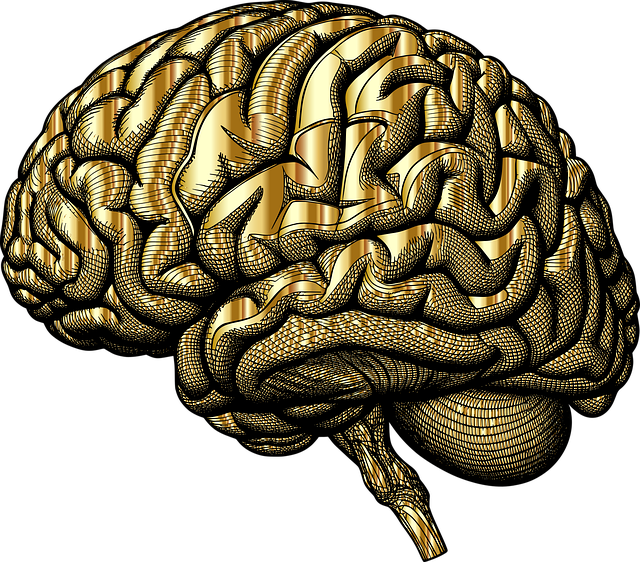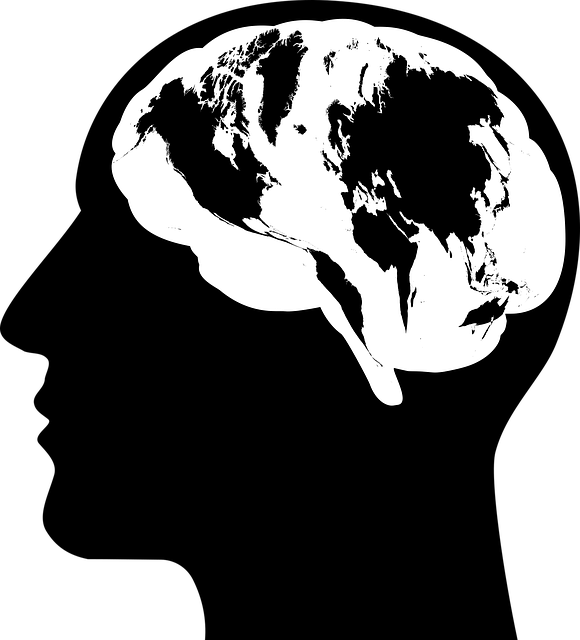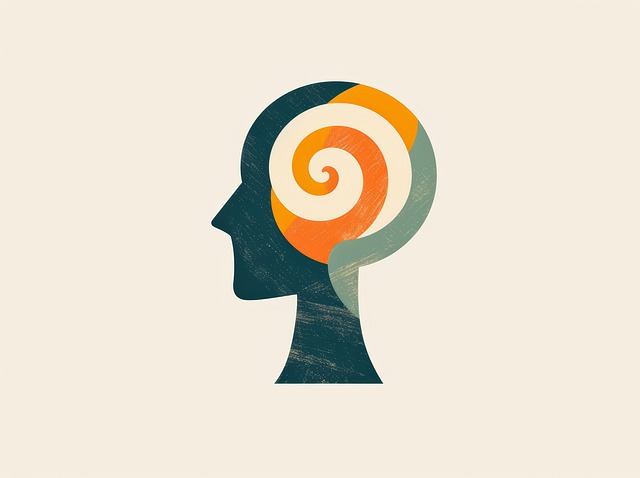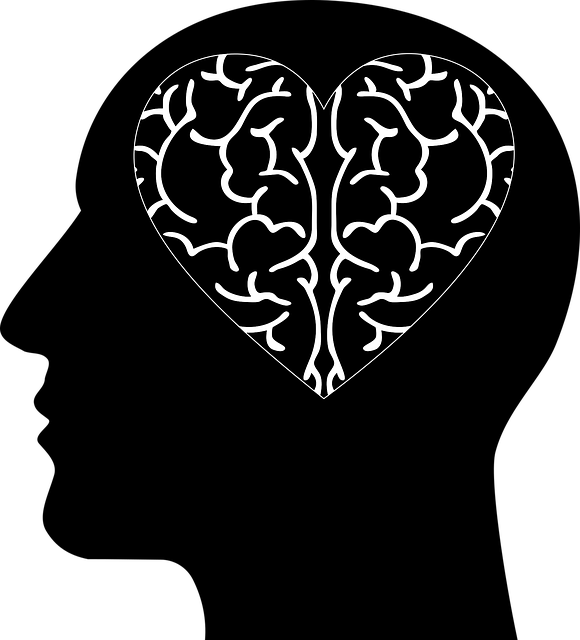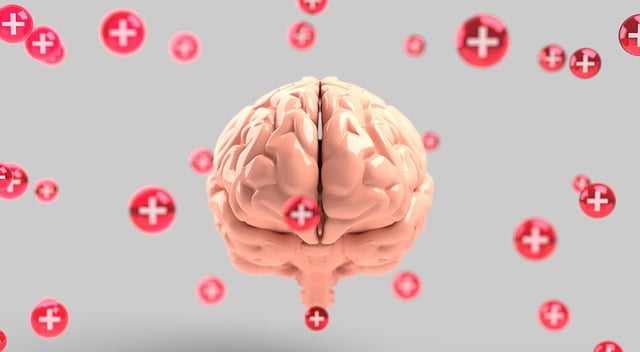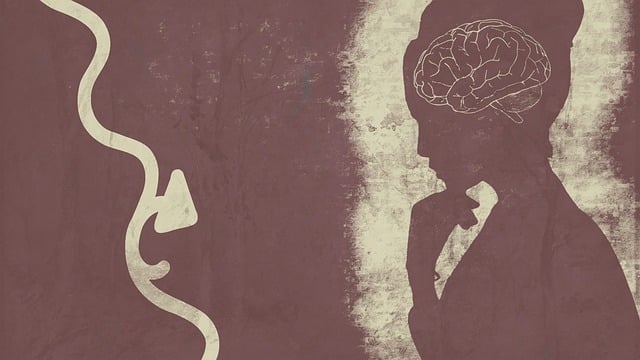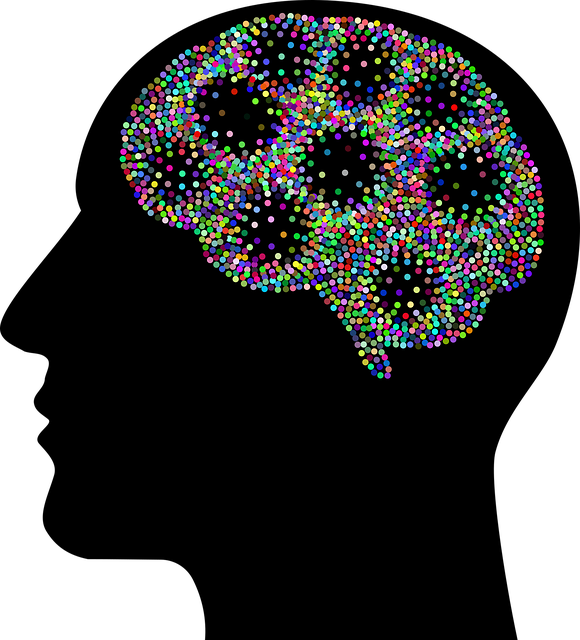Diagnosing mental illness in adolescents is challenging due to brain development, communication barriers, comorbid conditions, and social factors. Similar cognitive changes and difficulties articulating feelings complicate identification of neuro disorders. Cultural biases and stigma exacerbate these issues. Early interventions like stress management workshops aim to improve diagnosis accuracy by empowering teens with coping mechanisms and fostering non-judgmental environments. Tailored therapy for adolescent teens with neuro disorders, including medication and individualised treatment, is crucial to mitigating academic and social impacts. Awareness initiatives like the Mental Wellness Podcast Series and Healthcare Provider Cultural Competency Training enhance diagnosis accuracy, reduce stigma, and support adolescents dealing with neurodisorders.
Mental illness diagnosis accuracy among adolescents is a growing concern, with challenges stemming from unique symptom presentation and contributing factors like developmental stages. This article delves into the complex landscape of adolescent mental health, exploring innovative strategies to enhance diagnostic precision. From advanced neuroimaging techniques to personalized assessment methods and early intervention programs, we uncover approaches aimed at improving outcomes for teens grappling with neuro disorders. Additionally, we highlight the integral role therapy plays in this process, focusing on tailored interventions like cognitive-behavioral therapy (CBT) and supportive counseling.
- Understanding the Challenges of Mental Illness Diagnosis in Adolescents
- – Prevalence and impact on teens
- – Unique presentation of symptoms in adolescents
Understanding the Challenges of Mental Illness Diagnosis in Adolescents

Diagnosing mental illness in adolescents presents unique challenges due to several factors. Firstly, the brain continues to develop well into early adulthood, making it difficult to distinguish between typical adolescent cognitive changes and symptoms of neurodisorders such as depression or anxiety. This complexity is further exacerbated by the fact that teens often struggle to articulate their feelings, leading to miscommunication and potential misdiagnosis. Additionally, comorbid conditions are common in adolescents, where mental health issues like stress and substance abuse coexist, adding another layer of complexity to accurate diagnosis.
The process can be further complicated by social and environmental factors. Adolescents facing academic pressures, family conflicts, or peer relationship issues may exhibit symptoms that mimic mental health disorders. Moreover, cultural biases and stigma surrounding mental illness can hinder open communication and accurate assessment. To address these challenges, organizations like the Stress Management Workshops Organization emphasize inner strength development and stress management as early interventions. These efforts aim to improve diagnosis accuracy by equipping teens with coping mechanisms and fostering a supportive environment for seeking help without fear of judgment.
– Prevalence and impact on teens

Mental illness among teens is a growing concern, with neuro disorders being one of the most prevalent and impactful issues affecting this age group. Adolescence is already a period of significant change and development, and when mental health challenges arise, it can create a complex web of difficulties. The impact can be profound, affecting not only an adolescent’s academic performance and social interactions but also their overall well-being and future prospects.
Effective diagnosis and subsequent therapy for adolescent teens are crucial to mitigating these effects. Communication strategies that involve both the teen and their support network can enhance the emotional healing processes. By fostering open dialogue, professionals can ensure that adolescents receive the appropriate care, which may include medication, therapy, or a combination of treatments tailored to their specific needs. Additionally, preventing burnout among both patients and caregivers is essential to sustaining the journey towards recovery.
– Unique presentation of symptoms in adolescents

Adolescents often present with unique challenges when it comes to mental illness diagnosis due to the complexities of their developing brains and the distinct ways they express symptoms. This age group may exhibit behaviors that differ from those typically seen in adults, making accurate diagnosis an intricate task for healthcare providers. For instance, emotional regulation difficulties, which are common during adolescence, can sometimes mask underlying neurodisorders or contribute to misdiagnosis, such as depression or anxiety disorders, when the root cause might be a more complex mental health condition.
Addressing this issue requires a multifaceted approach. Therapy for adolescent teens should consider individual differences and tailor interventions accordingly. The Mental Wellness Podcast Series Production has played a vital role in raising awareness about these challenges, promoting open conversations, and educating both young people and healthcare providers. Additionally, Healthcare Provider Cultural Competency Training is essential to improving diagnosis accuracy. By recognizing cultural nuances and the impact of societal factors on mental health presentations, professionals can enhance their assessment skills and reduce the stigma associated with seeking help, ultimately leading to more effective support for adolescent neuro disorders.
Mental illness diagnosis accuracy for adolescent teens remains a complex challenge, exacerbated by the unique presentation of symptoms and the high prevalence of neuro disorders at this age. However, with enhanced understanding and improved assessment tools, there’s a growing emphasis on early intervention through targeted therapy for adolescent teens. By addressing these issues head-on, we can ensure better outcomes and a more supportive landscape for young people navigating their mental health.
